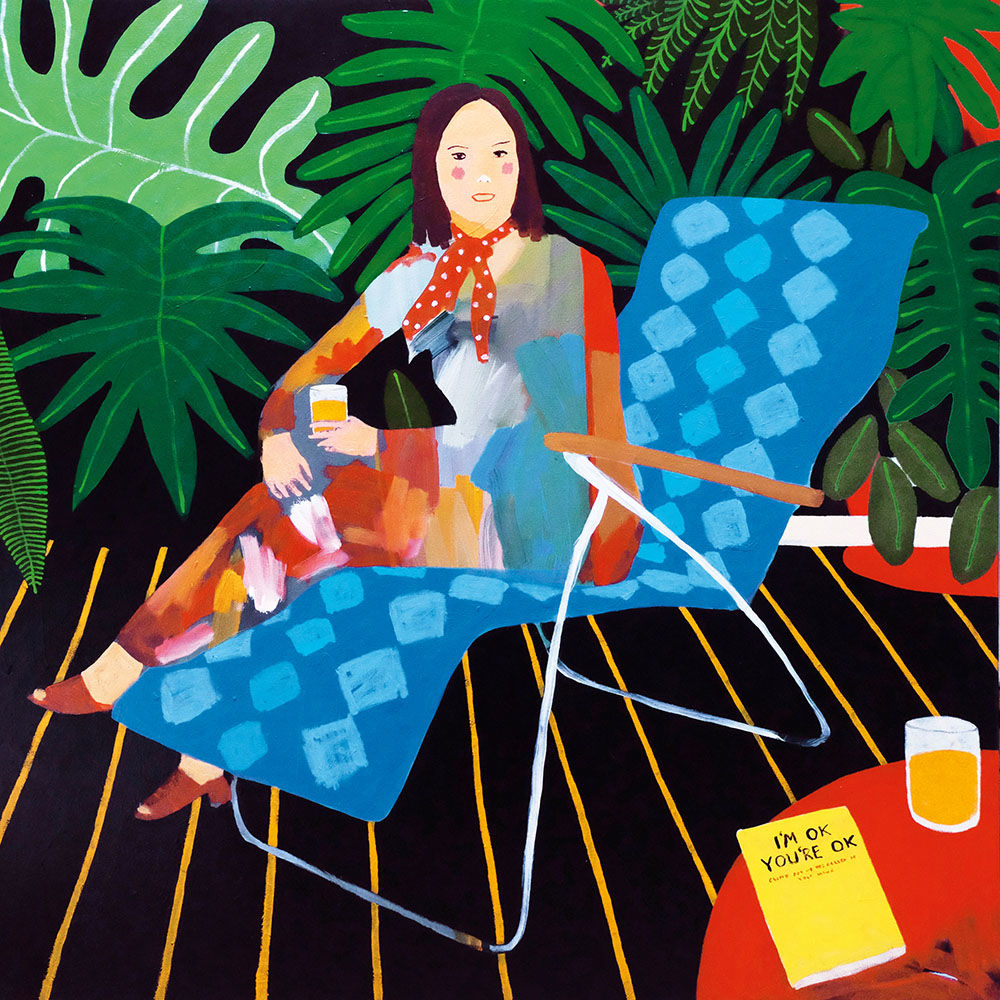I am an indoorsy person who has nevertheless fallen in love with nature writing. It started with Barbara Kingsolver’s Animal, Vegetable, Miracle, which detailed a year in the author’s life of living off the land. I ate up her descriptions of seed packets and seasonal planting despite the fact that, in my own home, I am known to have a black thumb.
My love only intensified with Robin Wall Kimmerer’s Braiding Sweetgrass, a memoir about living in reciprocity with the land and with each other. I loved it so much that I read it twice, followed by a number of other outdoorsy reads.
As much as I admired the authors and their dedication to honoring the land, I felt apart from them. I knew I would never be able to walk the trails near my home without being terrified of wasps… would never be able cultivate a bountiful herb garden without my husband’s help… would never be able to keep the spider plants in the herb window alive when he went out of town.
I could only ever admire what nature had to offer at a remove.
Then I read Camille T. Dungy’s Soil.
Copyright
© Book Riot







